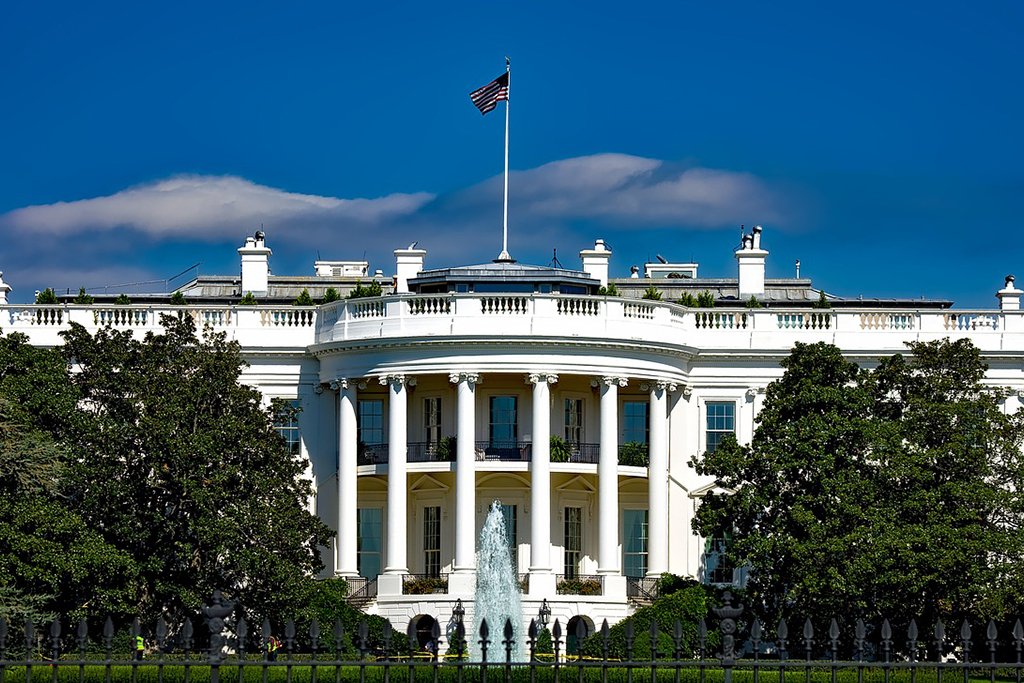The U.S. Customs and Border Protection is going to use the blockchain technology to verify North American Free Trade Agreement (NAFTA) and Central American Free Trade Agreement (CAFTA) certificates.
The cutting-edge blockchain technology is very well-known for a broad scope of applications ensuring highly transparent and secure business environment. Smart contracts along with a non-tampering record of transactions supported by digital ledger represent a trustworthy system of verification and contract execution.
Owing to distributed blockchain network, transactions are performed in a trackable and irreversible way bypassing any intermediaries. Therefore, it effectively saves on overheads while facilitating the process of contract negotiation.
Taking into account all the perks provided by the blockchain, many industry players have actively tested the robust technology in the vast array of business facets. So far, the blockchain was successfully incorporated into bank clearing systems, payments transfer and credit verification. The time for even wider adoption has come.
The largest federal law enforcement agency of the United States Department of Homeland Security has recently announced an intention to give the blockchain a chance to prove its credibility in the field of border protection. Staring next month, CBP will be conducting a “live fire testing” of a blockchain platform to verify North American Free Trade Agreement (NAFTA) and Central American Free Trade Agreement (CAFTA) certificates.
In the announcement made last week, CBP Business Transformation and Innovation Division Director Vincent Annunziato said the agency is running the pilot, ahead of a September launch in a bid to prepare for the future and to increase market adoption. While speaking at CBP’s 2018 Trade Symposium in Atlanta, he added:
“Really what the government’s trying to do is twofold: One is to help blockchain along in a healthy manner for increasing market adoption, and the other thing is we’re trying to prepare ourselves in a proactive way to be ready for when private industry begins to really take off with this technology.”
The main motive behind the announced trial is to confirm and certify claims made the imported goods about their place of origin and manufacturing. The second main objective for conducting this addition is to make sure that suppliers in other countries are compliant along with their US importers. If the technology gets the buy-in from all players, which include CBP’s 47 partner government agencies, Annunziato said it could lead to paperless borders.
CBP is looking to get the maximum results out of its alliance with blockchain by making it a mobile application, which would replace a paper-based manual process for examining trademarks and the physical properties of all imported goods, thereby streamlining the agency’s work.
Speaking on the CBP readiness to adopt innovation, Annunziato stressed the necessity of government involvement into the establishment of progressive business climate:
“Data without borders sounds good if you’re only looking at shipping, but you have to consider that we have importation entry data coming in, and we have 47 agencies … that aren’t just going to give up their sovereignty of their laws and their rules. But I think it’s a good time for the government to be involved because we’re starting to really push forward and make sure things are honest and working the way they’re supposed to.”
Moreover, Annunziato confirmed CBP collaboration with Customs Advisory Committee over the development of a proof-of-concept to explore the use of blockchain in intellectual property to identify IP licensees and licensors.
